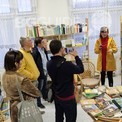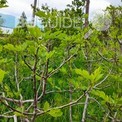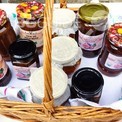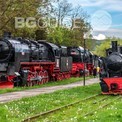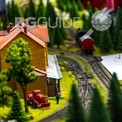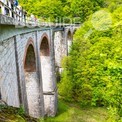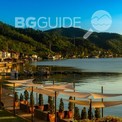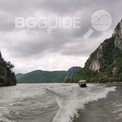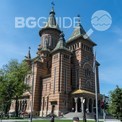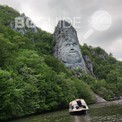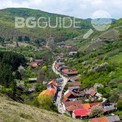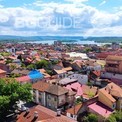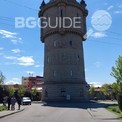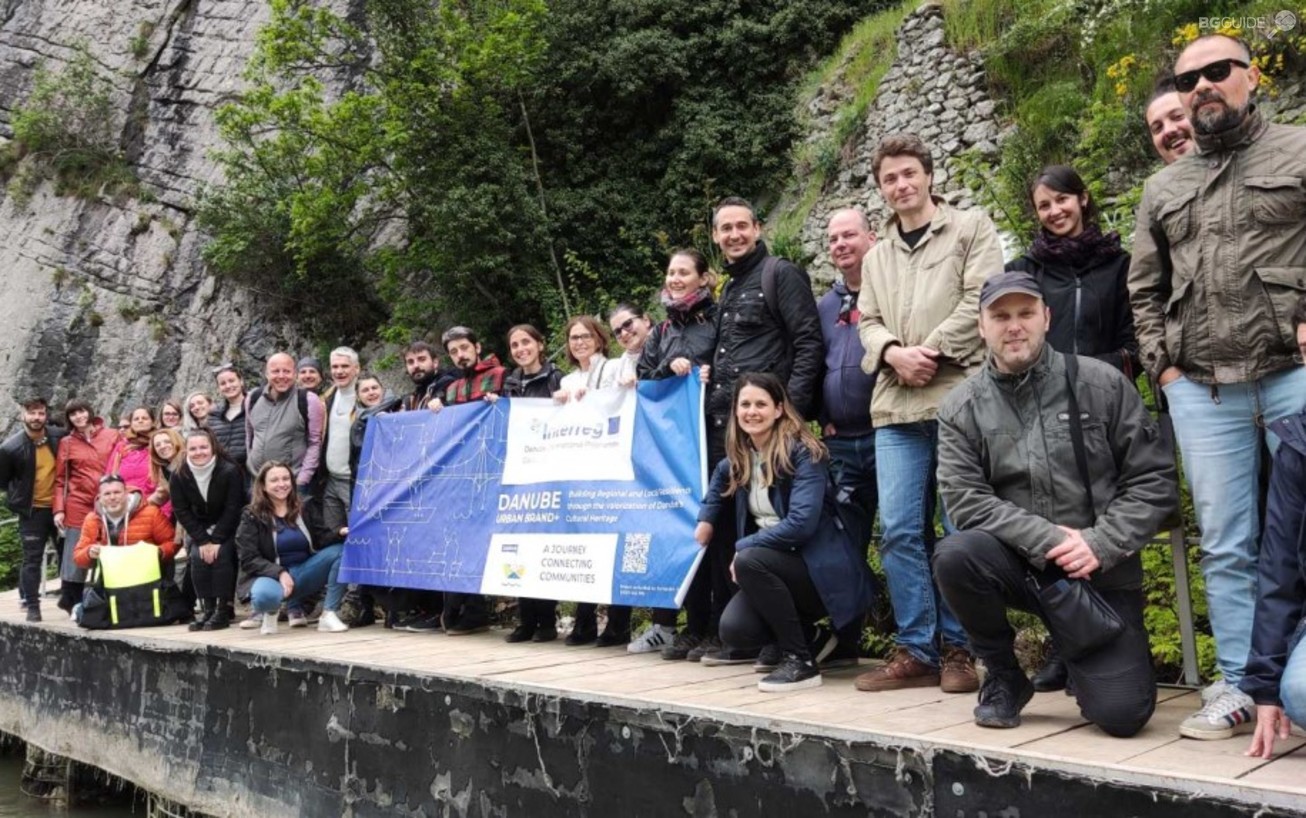
DANURB+ Partners Reveal a Study Trip in Western Romania, April 26-30, 2022
A Timisoara walking tour was planned as a fresh start for the first day, so the participants could sense the spirit of the city, learn about its rich history and cultural heritage. Timișoara is the largest city in the historical region of Banat and the western part of Romania and its name comes from the river “Timiș”, combined with the Hungarian noun “vár”, which is the Timiș Fortress. Some of the most preserved attractions of architecture and urbanism were paid a visit - Timișoara Historical Centre, The Orthodox Cathedral, Millennium Church, Banat Museum, and many more.
In the afternoon the partners conducted several workshops, organized in the Central Library of the Polytechnic University of Timisoara. The project Lead, Balint Kadar, greeted everyone and made a brief summary of the project’s progress and outputs, as well as the rich agenda coming up for the next months. The following presentations and discussions were dedicated to: New useful features, functions, and the impact of the whole network for collaboration with/between stakeholders in the DANUrB Platform; Development of the DANUrB Brand and the Quality Label; Possibilities to make local communities, stakeholders, and regions capable to interconnect through DANUrB values and actions, etc. In conclusion, the participants reviewed the current status of all activities, including the timetable for the last two periods of the project, the chosen pilot sites for the Action Plans, the status of various project outputs, and last but not least: What should be the new name and topic of the new DANUrB project? Yes, the initiative will extend the realization of its goals and achievements, offering more valuable possibilities for a prosperous Danube Region. Stay tuned!
The next day was dedicated to parallel sessions and the partners shared their thoughts and experience about using the Stakeholder DANUrBanity interactive board game, the finalization details of the DANUrB Atlas, reviewed the organization of the upcoming events - stakeholder workshops, local festivals (the “Danube Days”), conferences, building camps, regional student workshops in every partner’s country, etc.
Subsequently, the partnership continued its journey to the Danube Gorges, being one of the most famous landscapes, in terms of geography and biodiversity, in Europe, revealing the crossing of the Danube through the Carpathian Mountains, part of the border between Romania and Serbia. The town of Moldova Nouă (MDN), where the local copper mine was reopened in May 2021, thus seeking to boost tourism and paint a more favorable image for the future, and Dubova Bay Area concentrating some of the best-known tourist attractions along the region. In search of local and common values of periphery settlements and opportunities for potential development related to them and the Danube River, the DANUrB+ partners had an inspiring meeting with the MDN Highschool. A team of highly motivated students demonstrated a robot built by them that is also participating in different international competitions. They gain practical experience in future areas, such as mechanics, automation, and 3D modelling, with the full support by their teachers and the whole community.
The third day was marked by a visit to a fig plantation in the small village of Svinița and the Serbian community there. The fig trees have been cultivated for hundreds of years and with funding from the European Union, both the town hall, as well as private entrepreneurs, are currently developing such plantations, while locals are gradually promoting the production (jams, alcoholic beverages, etc.). Certainly, a potential candidate for the future DANUrB Quality Label! Next on the map was the village of Eibenthal established by Czech settlers and now organizing festivals for local producers to expose themselves, also offering accommodations, a traditional Czech restaurant, a bar and a beerhouse, as well as a brand - Manufaktura, created in order to help the local economy. The cherry on top was the picturesque boat tour at the Dubova Bay Area, seeing the main attractions - the Large Boilers and the Small Boilers (named due to the boiling appearance of the water, forced to flow through narrow gorges), Veterani Cave, the Ponicova Cave, the Rock Sculpture of Decebalus, and many more.
The partners continued their fascinating trip on the fourth day. Their first stop was the Roman-Catholic Church in Orșova. It was the only one built after the old town was flooded by the dam and under the Romanian Communist Regime, between 1972 and 1976. It is designed in brutalist style, as the construction involved a gifted group of architects and artists. Afterwards was the Iron Gates Museum of the Hydroelectric Power Station in Gura Văii, which provides 15% of the energy in Romania. The museum owns collections related to different topics, like ethnography, natural sciences, excavations, construction stages, but the most arresting is the turbine room, which contains of six Kaplan turbines. A short walking tour in the city of Drobeta-Turnu-Severin brought the participants back in ancient times (Drobeta was the first stone fortress built by the Romans in Dacia in 103-105). There are preserved elements from various historical periods, the remains of the Roman Camp Drobeta, Trajan's Bridge and Water Tower/Castle can still be seen restored today. The symbol and main attraction nowadays is the Water Tower/Castle. It used to supply the residents, industry, etc. with water and now it hosted our meeting with the local authorities and stakeholders, who presented some of their projects for conservation, restauration, and developing of the local tangible and intangible heritage Presentation of some of the local good practices, as a talented woodworker and Czech school in St. Helena Village, have put the finishing touches of the day.
During the last day, on their way back to Timisoara, the partners had their agenda’s most adventurous experience thanks to the Banat railway heritage – a voyage on the Baziaș-Oravița-Anina railway line. The interesting stops included the Semmering of Banat, between Oravita and Anina, the local museum in the old town hall with unique exhibition at Anina railway station, consisting of Polytechnic University of Timisoara students’ architectural works, which aimed at enhancing the cultural, industrial, and natural heritage of the area through a reconnection between the Danube Gorge (Socol-Baziaș, Iron Gates Natural Park) and the heart of the Banat Highlands (Anina, Reșița, Almăj Valley, Semenic-Caraș Gorge, and Nera Gorge-Beușnița National Parks). The panorama over Mineshaft 1, the future Mining Museum, and Ferdinand Villa were also paid a visit. The final stop was the city of Resita and the local Concrete School (made by Istvan Medgyaszay, born Benkó, a famous Slovak-Hungarian architect and constructor from the first part of the 20th century), the Pittner School (built of natural materials and with the special story of the Pittner family) and the Museum of Steam Locomotives, landmark of Banat and its multicultural space.
The great experiences along the Danube would not have been possible without the dedication of the local hosts, stakeholders, and the organizers of the whole event - Polytechnic University of Timisoara and Euroland Banat Association.
------------------------------------------------------------------------
DANUrB+ project was launched in July 2020 to activate underused cultural heritage and resources on the peripheral and border regions along the Danube River. It is co-financed by the Interreg Danube Transnational Program 2014-2020. The expected result is to increase local development and international tourist attractiveness.
Project co-funded by European Union funds (ERDF and IPA).
